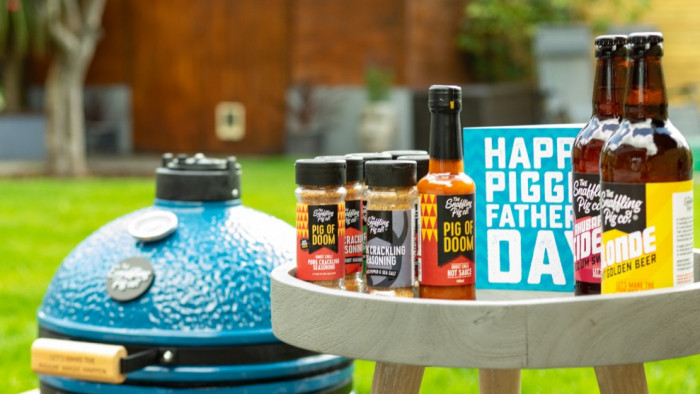This is how much air is in your favourite crisp packets (and the brands to buy to get more snack for your money)
THEY'RE CHEATING US OUT OF DELICIOUS CRISPS


There are a few things in life you can reliably depend on people to complain about with you. “Weather’s bad, innit?”; “the Central Line was a nightmare this morning”; “HOW MUCH air is at the top of this packet of crisps I just bought?!?!”.
One of life’s most persistent woes, getting more air than crisps in yer packet of Wotsits is pretty much par for the course. And it seems to be getting worse: there were definitely more crisps in the packet when you were younger, right? Either that or you were just much smaller.
And now new research from CDA Appliances has named and shamed the very worst offenders in crisp-packet ratio (and a few of the best, too).
15 brands of crisps were put to the test, using water displacement to find out how much air was in each packet compared to the amount of crisps.
And the worst of them all?
POPCHIPS.
Popchips Barbecue was the very worst of all, with a really quite bad 72% of air per packet. Next on the list were McCoys with 59% air, then Walkers with 53%.

The best performers were Wotsits (18%), Hula Hoops (28%) and Quavers (30%). Well done to those crisps.
For crisp aficionados, this probably sounds like really bad news. But manufacturers say that the fairly excessive air content of their packets are necessary to keep your crisps fresh and…crispy. The air inside your packets isn’t just bog standard air, either - it’s nitrogen, apparently, which is why your crisps don’t immediately go stale.
A spokesperson from the Snack, Nut and Crisp Manufacturers Association said that the inserted gas “prevents staleness” and “provides the added benefit of creating a cushioning effect to protect the fragile contents of a packet from damage”.
’The packaging expands or contracts depending on the ambient temperature, whereby the gas present in the pack will fill a larger volume when it’s hotter, and a smaller volume when it’s cooler. For this reason, the packaging is required to be of a certain size to accommodate the potential expansion of the gas. UK manufacturers are legally governed by Packaging Essential Requirements to minimize excess packaging and can be challenged legally to justify packs which are larger than ‘best in class’.”
They would say that though, wouldn’t they, the dastardly crisp thieves.
Latest
Related Reviews and Shortlists


The best craft beers: 17 of the best beers








